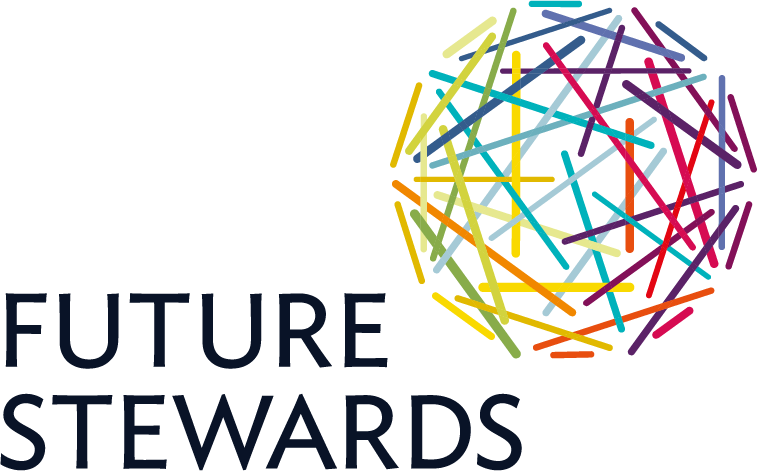10 tools for systems change
Created in partnership with the COP26 High-Level Climate Action Champions, providing inspiration on the most useful approaches you can employ to raise ambition for your topic of inquiry and create systemic change.
Introduction – Nigel Topping, 3 rules for a zero carbon world: Every human and natural system — from oil extraction to the flight of a flock of starlings — can be seen as a set of repeating patterns. These patterns can be disrupted for good or for bad, says Nigel Topping, the High Level Climate Action Champion for COP26, the UN’s climate change conference that took place in November 2021 in Glasgow, Scotland. He shares three rules of radical collaboration that could positively disrupt the patterns of the global economy and help humanity tackle the world’s greatest threat: climate change
View and download the toolkit cards.
Working with the future: Futures practices help us take action in complex situations where the past is not a good guide to the future. This is typically the case when we want to bring about systems change. Scenarios, roadmaps and pathways are widely used approaches that allow us to combine our ability to act with an appreciation of uncertainty.
Three Horizons: To have good conversations about change it helps to use a simple and intuitive way to map our situation and explore pathways to the future: Horizon 1 is the dominant way things are done now, where we can see signs of strain and lack of fit to the future. Horizon 3 is the emerging future shaped by the visions we and others hold. Horizon 2 is the arena of transition, where innovations get established and imagined futures become reality.
Horizon voices: The Three Horizons method for convening conversations about change reveals three voices that we use in our everyday lives, and that often talk past each other: the managerial voice of the first horizon, responsible for keeping daily life going; the visionary voice of horizon three, imagining a very different future; and the entrepreneurial voice of horizon two, impatient to get into action.
Regenerative worldview: The climate crisis is part of a larger imperative for humankind to bring patterns of life back to a positive relationship to the planet. Doing less harm is not enough. Every system should aim to have positive effects on the others of which it is a part or which make it up. A regenerative worldview reframes long-term ambition towards the abundance of futures that serve people, planet and prosperity – rather than a competition between economy and environment.
Three stages of change: Transformational change in the patterns of our lives typically involves three stages. The emergence stage is where we envision the future we want to create, and may have to invent it. From there we can move on to enrolling others into building the new pattern, forming the new relationships needed for everyone to be working together. Finally, as the new approach diffuses through society it can become established as the new normal and we reconfigure life around it.
Accelerating transitions framework: System transitions, particularly in technology, generally happen in three stages: emergence, diffusion, and reconfiguration. At each stage, different policies and various kinds of international cooperation are likely to be effective in accelerating the transition. We use these frameworks to identify the form of national action and international cooperation most likely to be effective in any given sector appropriate to the stage of transition that it has reached.
Causal loops: Modeling a situation with causal loops helps us see how it behaves over time. For example, how effects become causes, how some things are reinforced over time and others are weakened. This helps us understand the dynamic effect of policies, and see what interventions might be most effective.
Exponential goals: Changes can happen rapidly when everyone settles on one approach. We can then move along a learning curve of exponential change, where new technology improves its performance rapidly, lowering costs and increasing adoption by society.
Tipping points and cascades: A tipping point is a place where a small intervention can trigger a large response, sending a system into a qualitatively different future state. In transitions, tipping points can exist where a new solution becomes more affordable, accessible, profitable, attractive, socially acceptable, or higher performing than old solutions. Once a critical mass of actors has adopted a new technology or practice this can prompt the rest to follow, triggering a rapid system-wide cascade of change throughout the sector.





